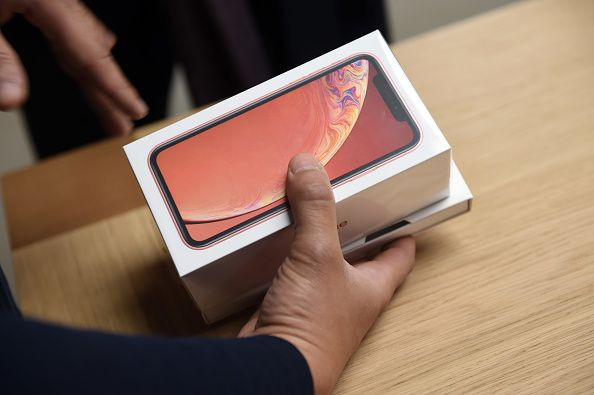Apple's Trade-In Promotion Seems Desperate, But It's The Right Move
If you needed additional evidence that Apple's (NASDAQ:AAPL) current iPhone product cycle isn't going all that well, the fact that the company continues to aggressively expand its iPhone trade-in program -- which allows prospective iPhone XR and iPhone XS customers to trade in their older iPhones for credit toward their purchases -- should provide it.
This article originally appeared in The Motley Fool
As MacRumors reported, on Dec. 21, Apple "extended its limited-time promotion offering extra trade-in credit toward an iPhone XR or iPhone XS to additional countries, including Australia, Canada, Japan, South Korea, the United Kingdom, and the United Arab Emirates." MacRumors later updated its post to say that the promotion is now also available in Austria, Belgium, Germany, France, the Netherlands, Italy, Spain, Sweden, and Switzerland. MacRumors says the offer ends Jan. 31 in China and Japan, but that there's been no end specified for other regions.
It's not great that Apple needs to do this -- it really looks like a move borne out of desperation -- but it's still probably the right course of action for the iPhone maker. Here's why.

Removing friction
Many believe Apple is facing the problem that iPhone owners are simply holding on to their older devices longer than they had before. When customers aren't buying new devices as frequently -- or, put another way, as the iPhone upgrade cycle lengthens -- sales of newer models slow.
By allowing customers to trade in older iPhones for credit toward newer models, the company is simply making it easier for people who want new devices to go ahead and pull the trigger.
To be clear, those customers could very well sell their old iPhones through a number of means and then apply the proceeds to newer devices. However, there's a lot of friction in going about it that way.
By making it relatively easy for customers to hand over their older iPhones -- as well as some cash -- and get new devices in exchange, Apple could, to some extent, spur upgrades.
On top of that, by getting customers to interact directly with Apple for the entirety of the process, Apple may increase the odds that customers with older iPhones will stick with iPhone for their next purchases instead of being tempted to go with devices from the competition.
Any business move that encourages customers to accelerate the pace at which they upgrade their devices and ensures that those users stay within its ecosystem looks like a smart one for Apple.
A tactic, not a strategy
But over the long term, Apple's going to need to do better to generate interest in its latest iPhones if it wants to grow -- or even simply maintain -- iPhone shipments and revenue. All of the trade-in stuff that Apple is doing isn't something that's part of a robust long-term growth strategy. It comes off as a short-term tactical move designed to compensate for poorer-than-expected demand for its latest iPhones.
It's not my job to figure out what Apple needs to do in order to get iPhone unit shipments -- a figure that Apple recently decided it doesn't need to disclose to shareholders any longer -- and revenue on a sustainable growth path. That's on the decision-makers at the company.
However, if Apple can't crack that puzzle within the next couple of iPhone product cycles, that doesn't seem like it'll be a good thing for Apple's overall business -- which continues to rely substantially on the performance of the iPhone -- and, ultimately, its share price.
Ashraf Eassa is a Senior Technology Specialist with The Motley Fool. The Motley Fool has a disclosure policy.





















